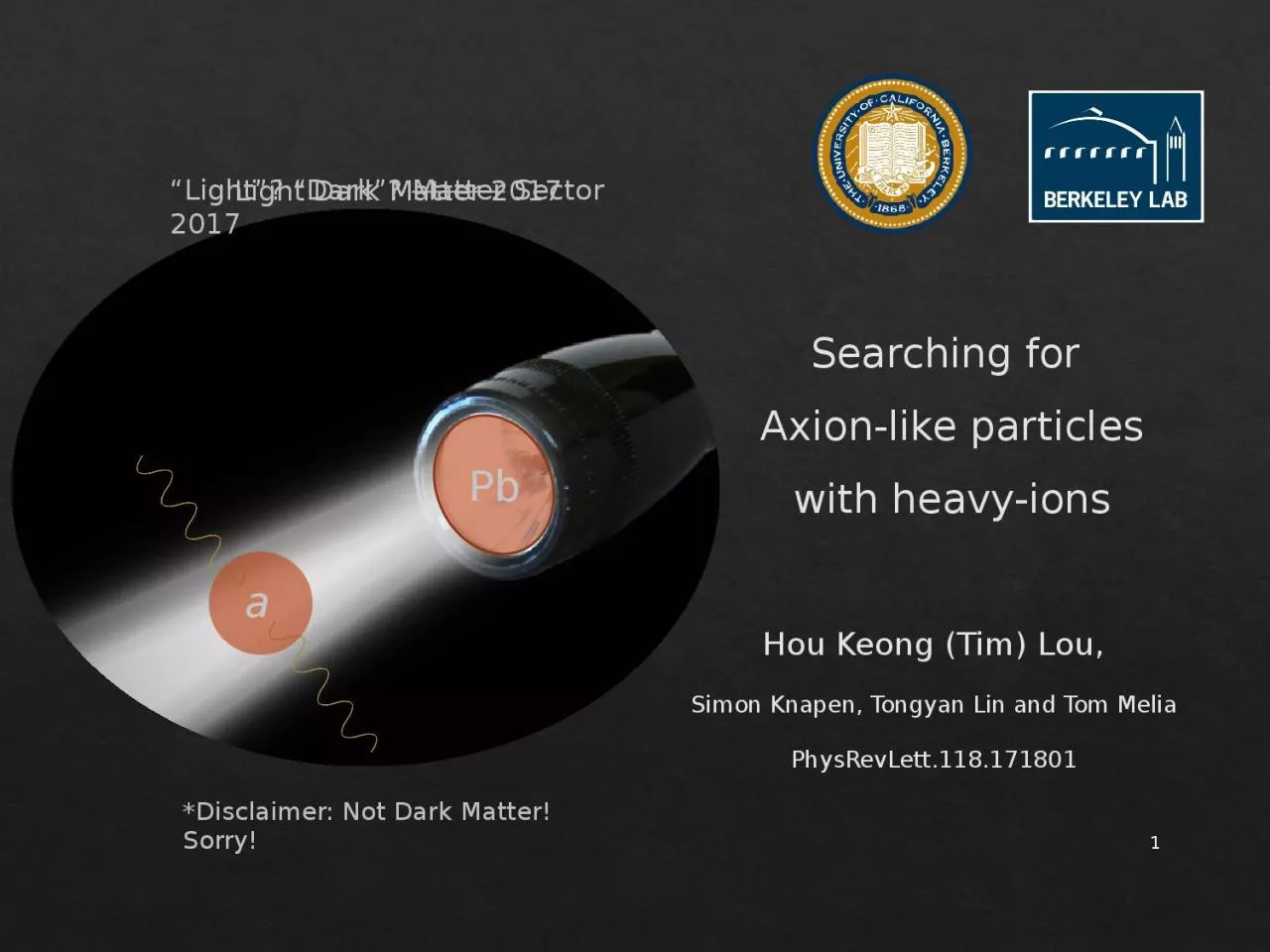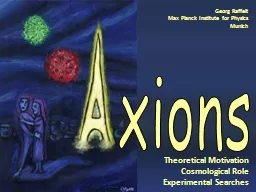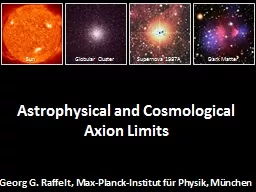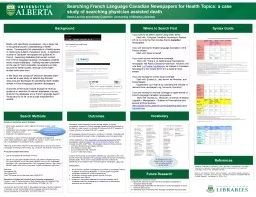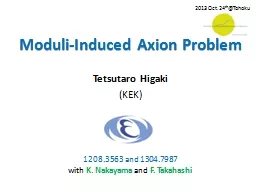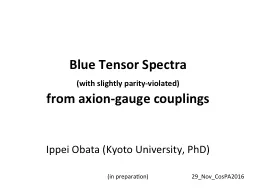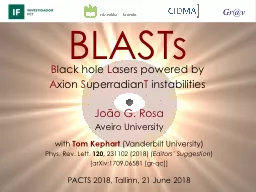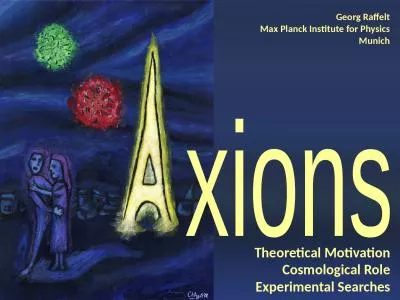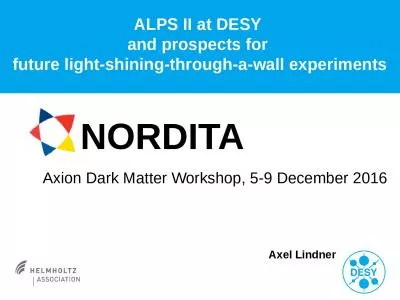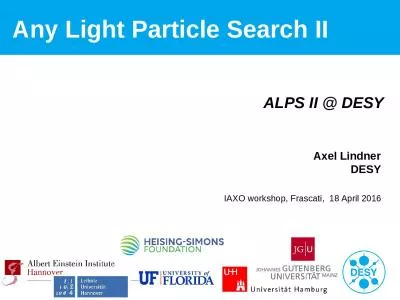PPT-1 Searching for Axion -like particles
Author : Mindbender | Published Date : 2022-08-04
with heavyions Hou Keong Tim Lou Simon Knapen Tongyan Lin and Tom Melia PhysRevLett118171801 a Pb Light Dark Matter 2017 Disclaimer Not Dark Matter Sorry Light
Presentation Embed Code
Download Presentation
Download Presentation The PPT/PDF document "1 Searching for Axion -like particles" is the property of its rightful owner. Permission is granted to download and print the materials on this website for personal, non-commercial use only, and to display it on your personal computer provided you do not modify the materials and that you retain all copyright notices contained in the materials. By downloading content from our website, you accept the terms of this agreement.
1 Searching for Axion -like particles: Transcript
Download Rules Of Document
"1 Searching for Axion -like particles"The content belongs to its owner. You may download and print it for personal use, without modification, and keep all copyright notices. By downloading, you agree to these terms.
Related Documents

